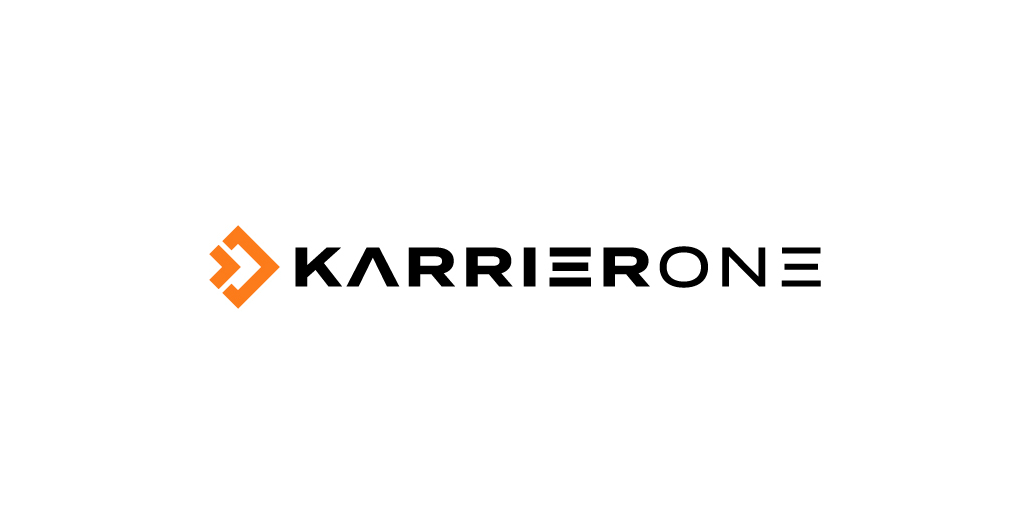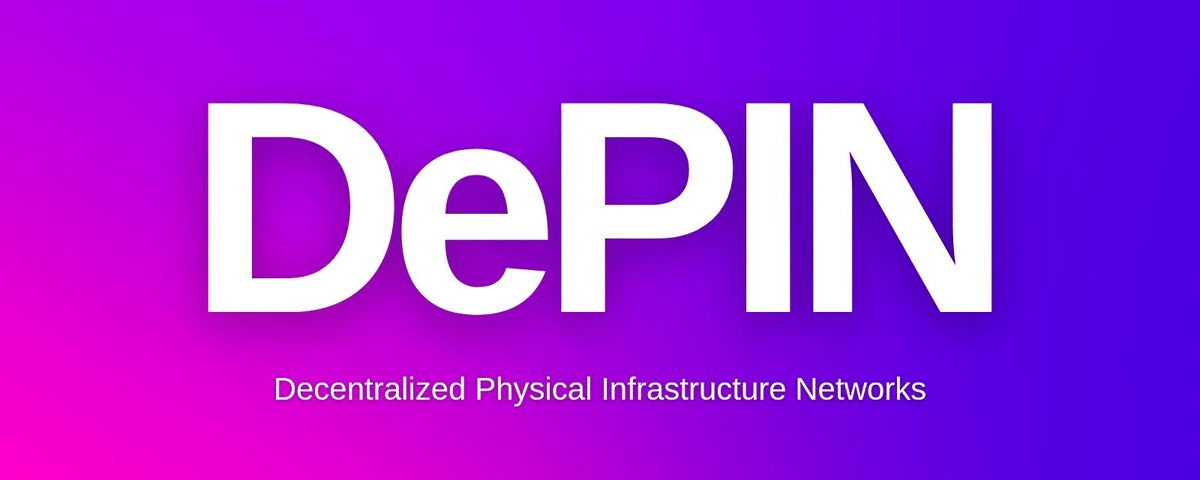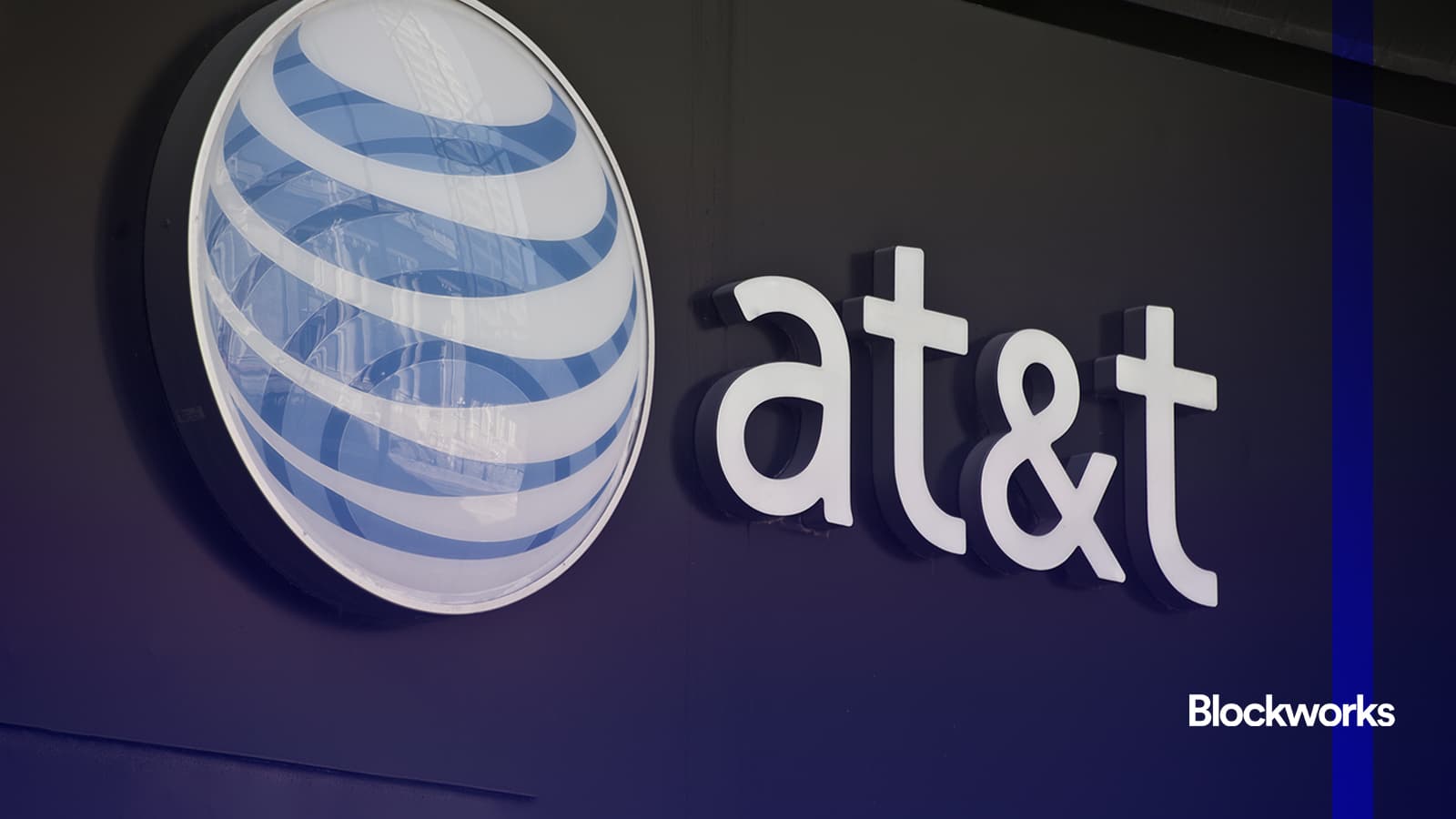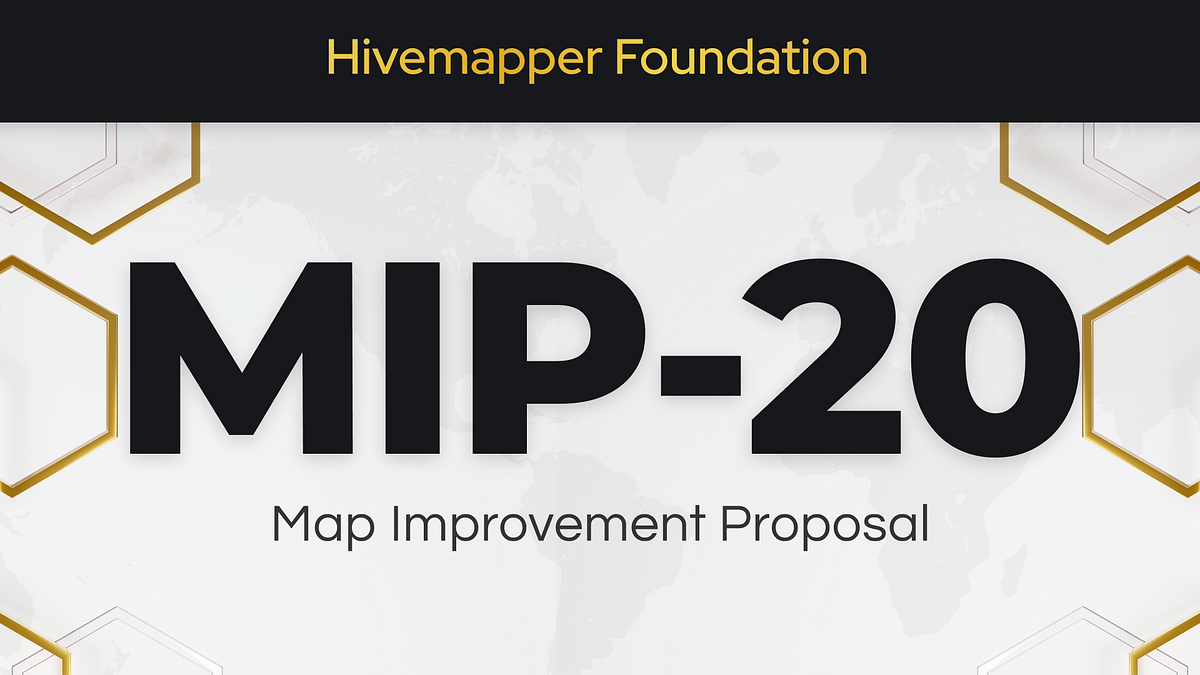Setting Up Fizz Node on Windows: A Step-by-Step Guide

In a significant development for decentralized computing, Fizz Node has introduced a comprehensive setup guide for users looking to install its node on Windows machines using Windows Subsystem for Linux (WSL). This guide is designed to simplify the installation process, making it accessible even for those with limited command line experience. Users are required to enable WSL, install a Linux distribution such as Ubuntu, and set up Docker Desktop to create a conducive environment for running Fizz Node. The guide breaks down the steps into manageable tasks, ensuring that users can follow along without feeling overwhelmed.
Once the prerequisites are in place, users can register their Fizz Node by navigating to the Spheron network. The registration process involves providing details about the node’s operating system, resource specifications, geographical location, and payment preferences. This step is crucial as it allows users to contribute their computing resources to the decentralized network while earning rewards based on their contributions and uptime. The Fizz Node system incentivizes operators by allowing them to keep a significant portion of the payments received for the resources they provide, thus promoting a sustainable and profitable model for decentralized computing.
The Fizz Node initiative not only offers a pathway for individuals to monetize their idle computing power but also plays a vital role in the broader vision of decentralized networks. By participating in the Fizz Node ecosystem, users can join the DePIN Super Compute Network, which aims to optimize energy usage and reduce carbon emissions. As the project approaches its token launch, additional benefits and rewards are expected to be introduced, further enhancing the appeal of running a Fizz Node. This initiative represents a pivotal shift in how decentralized computing resources can be accessed and utilized, making it an exciting opportunity for tech enthusiasts and eco-conscious users alike.
Related News





